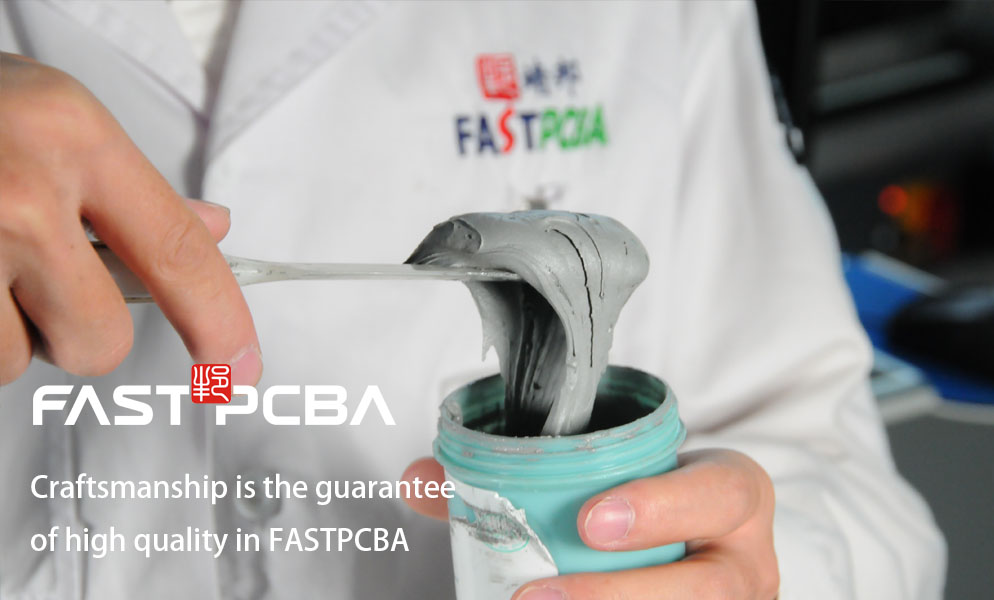About us
FASTPCBA Co.,Ltd
-
 Building 1, Senyang Electronic Technology Park, Guangming High-tech Park, Yutang Street, Guangming District, Shenzhen City.
Building 1, Senyang Electronic Technology Park, Guangming High-tech Park, Yutang Street, Guangming District, Shenzhen City.
-
 F:86-13418481618
F:86-13418481618
-
 [email protected]
[email protected]
 date:2019-11-13 16:19:31
date:2019-11-13 16:19:31
Flux behavior in wave soldering
During wave soldering, the flux will partially evaporate during the preheating phase, cleaning the surface to be soldered, leaving a rosin film, functions as partially separating the air and preventing oxidation.

If a water based flux is used, there is no cover film and soldering to the OSP board can be a problem. Because PCBA usually performs wave soldering after 1-2 reflow soldering, the OSP film has no protection at all, and the flux does not have anti-reoxidation function. The preheating time is too long, and the flux efficiency is released. It is easy to oxidize again. In order to increase the tin penetration rate of the insertion hole, the preheating temperature of the PCB is increased from 100 ° C to 130 ° C in production. When soldering, the individual pads are not wetted, but after the preheating temperature is adjusted or the nitrogen atmosphere is used for welding, the non-wetting phenomenon disappears. This at least indicates that the solid content of the flux (mainly the content of the film-forming substance) has a great influence on preventing the reoxidation of the surface to be welded. The water-based flux does not contain rosin, and it is difficult to crack the mesh during the welding process (it can be understood as OSP break). The film surface is broken and the Cu surface under the OSP film forms effective protection.
 Building 1, Senyang Electronic Technology Park, Guangming High-tech Park, Yutang Street, Guangming District, Shenzhen City.
Building 1, Senyang Electronic Technology Park, Guangming High-tech Park, Yutang Street, Guangming District, Shenzhen City.
 F:86-13418481618
F:86-13418481618
 [email protected]
[email protected]